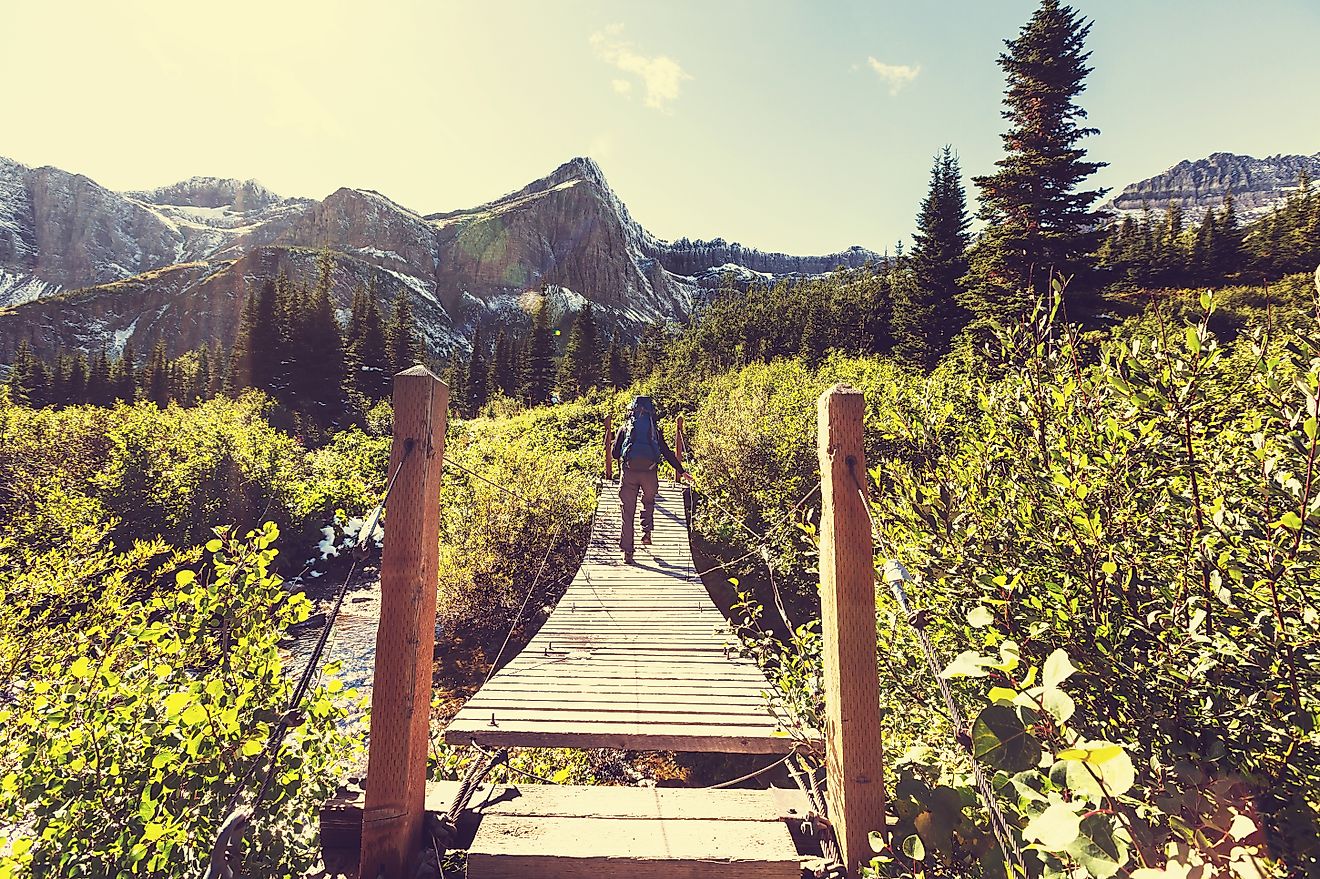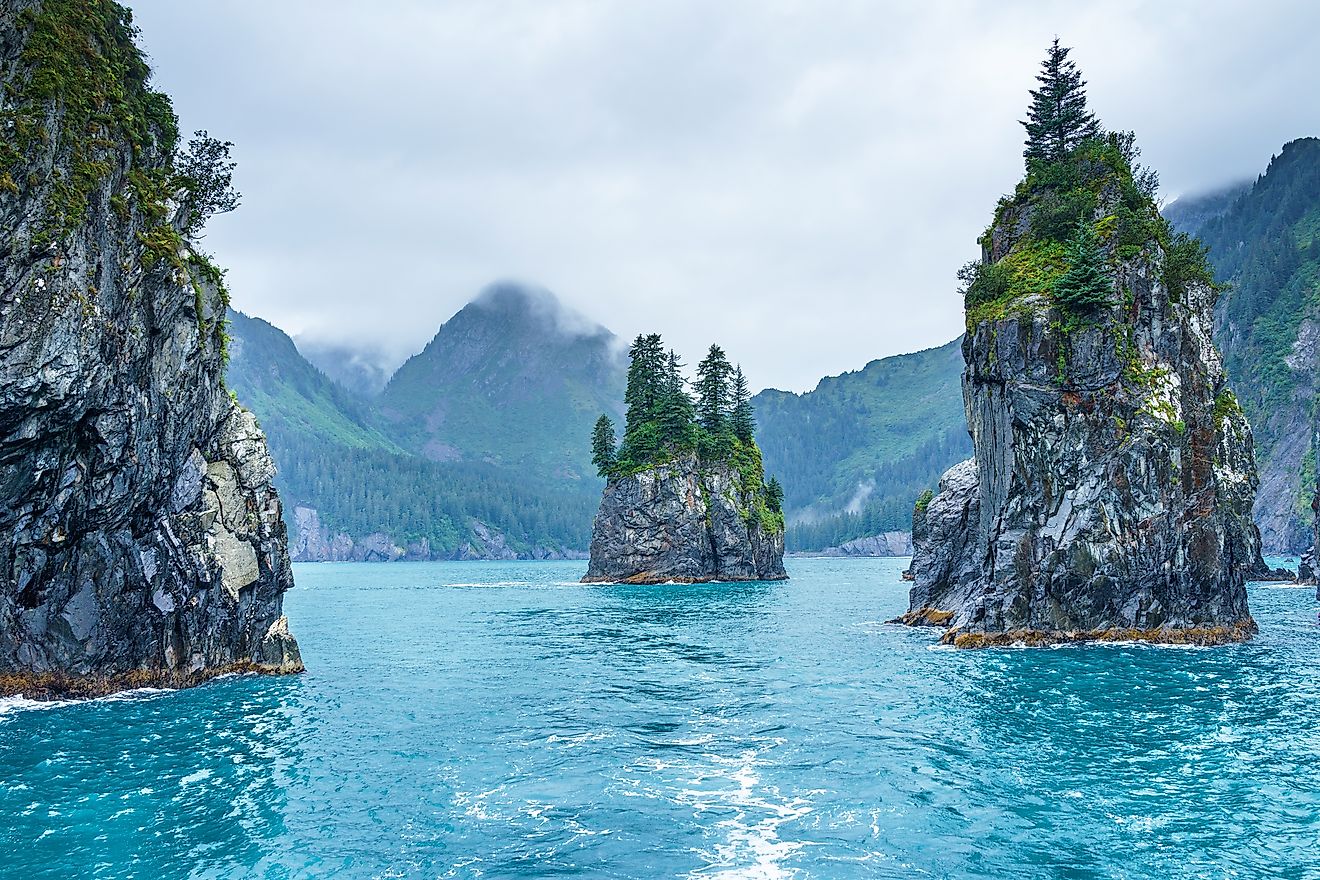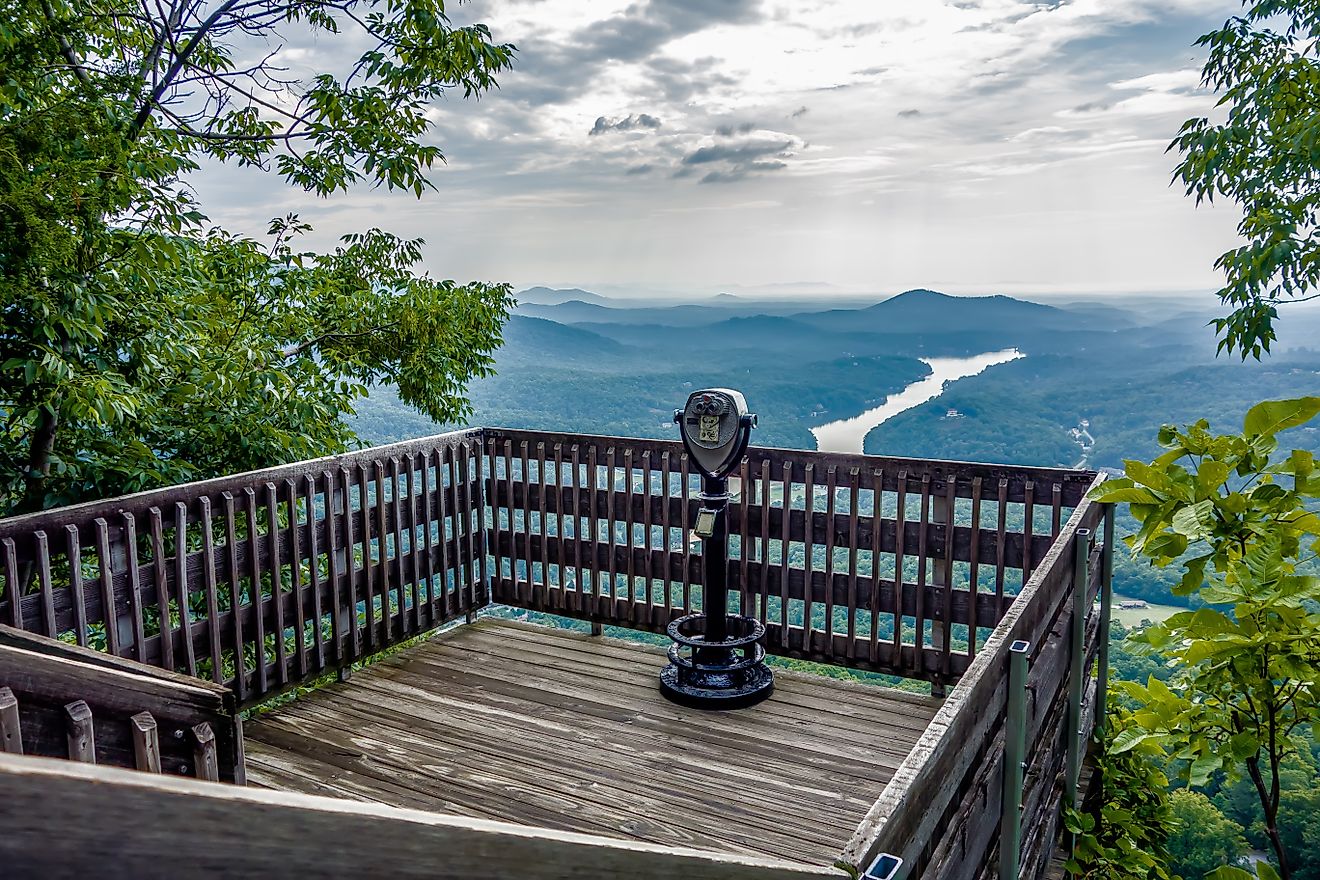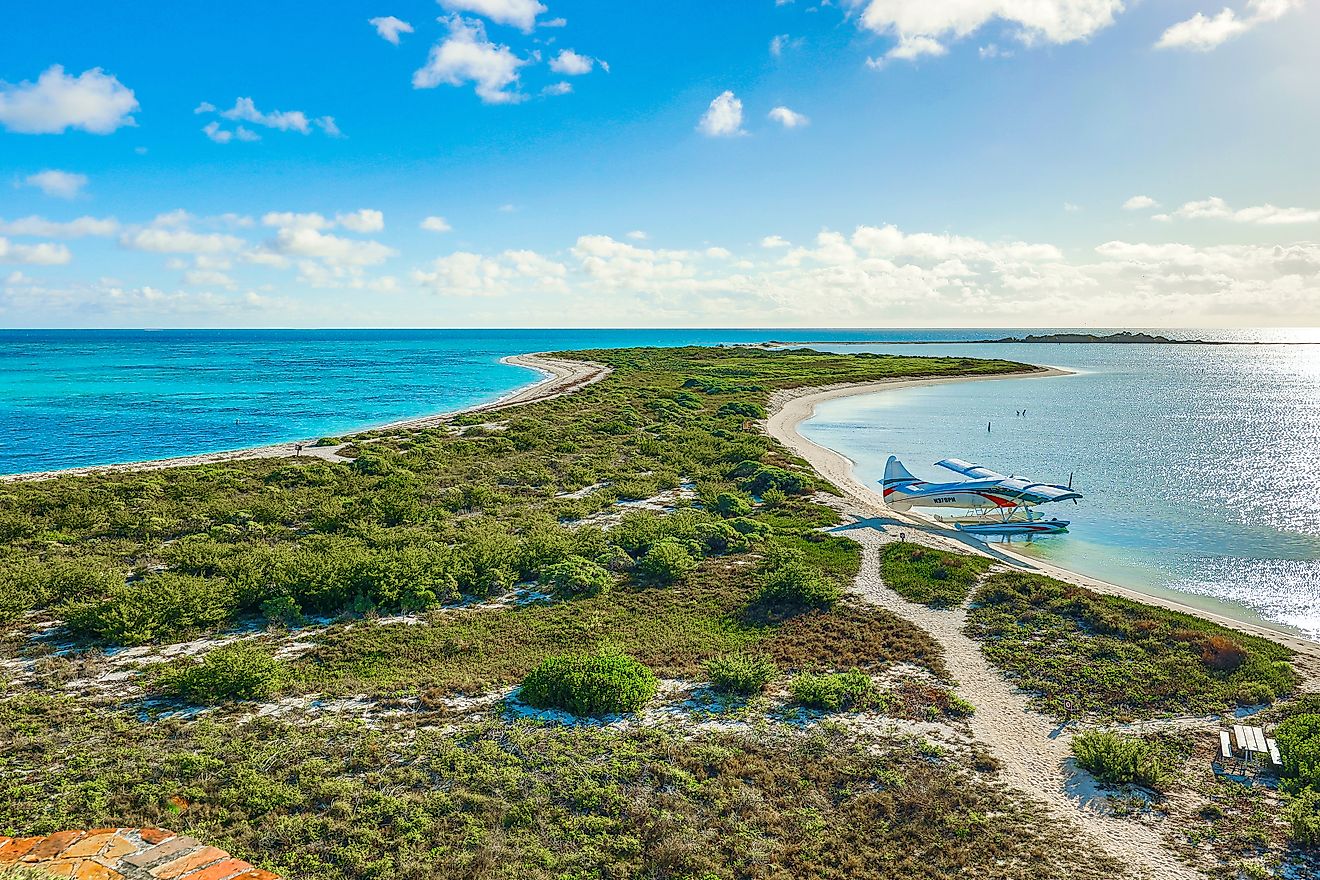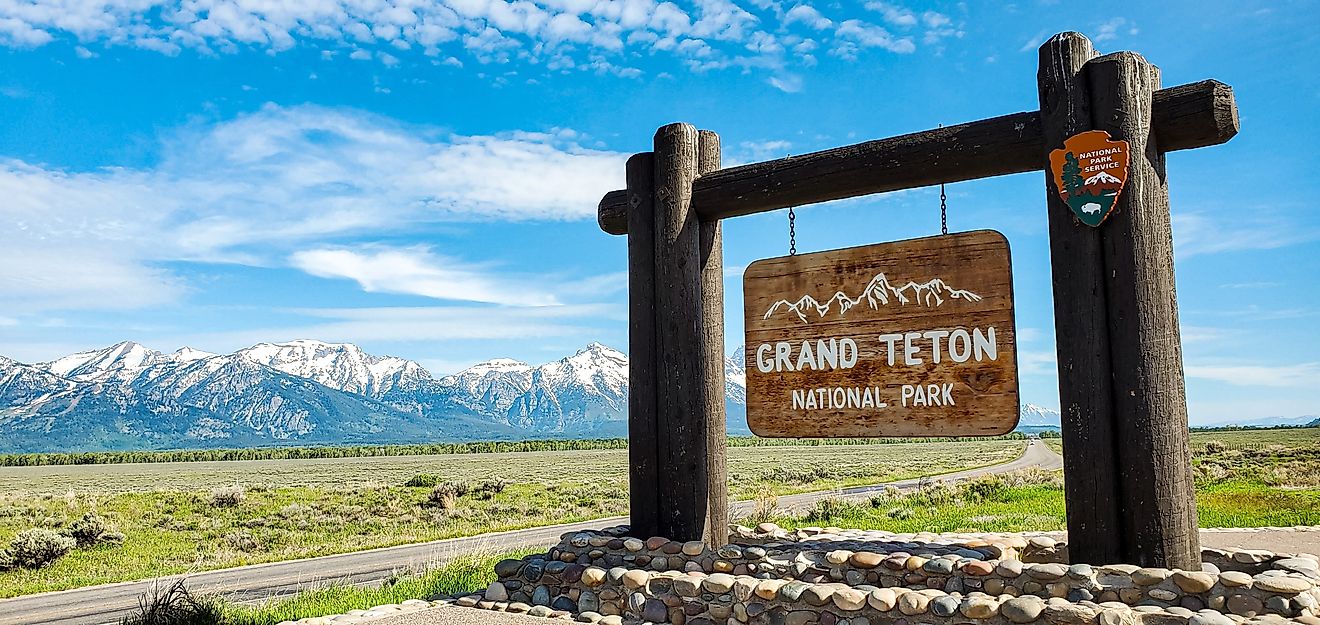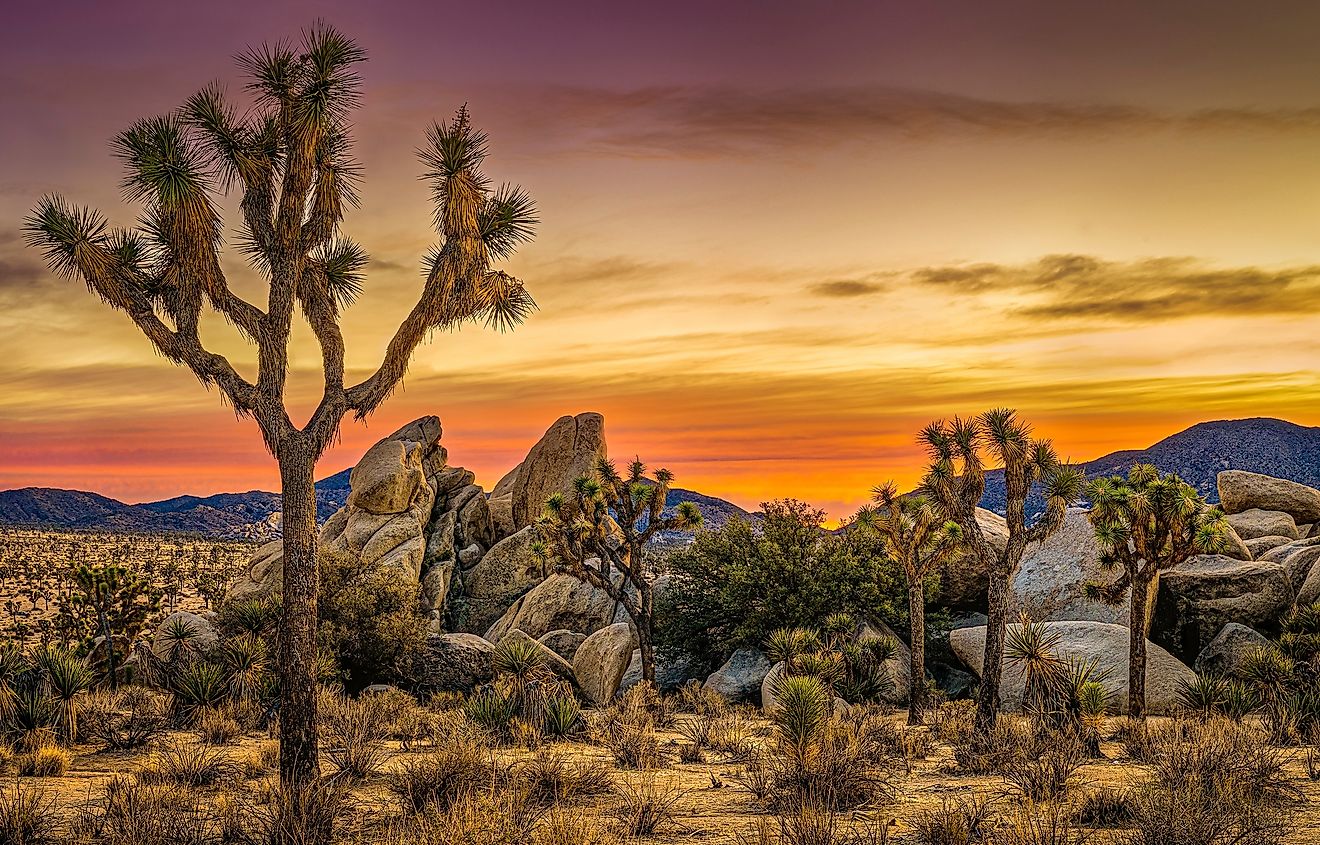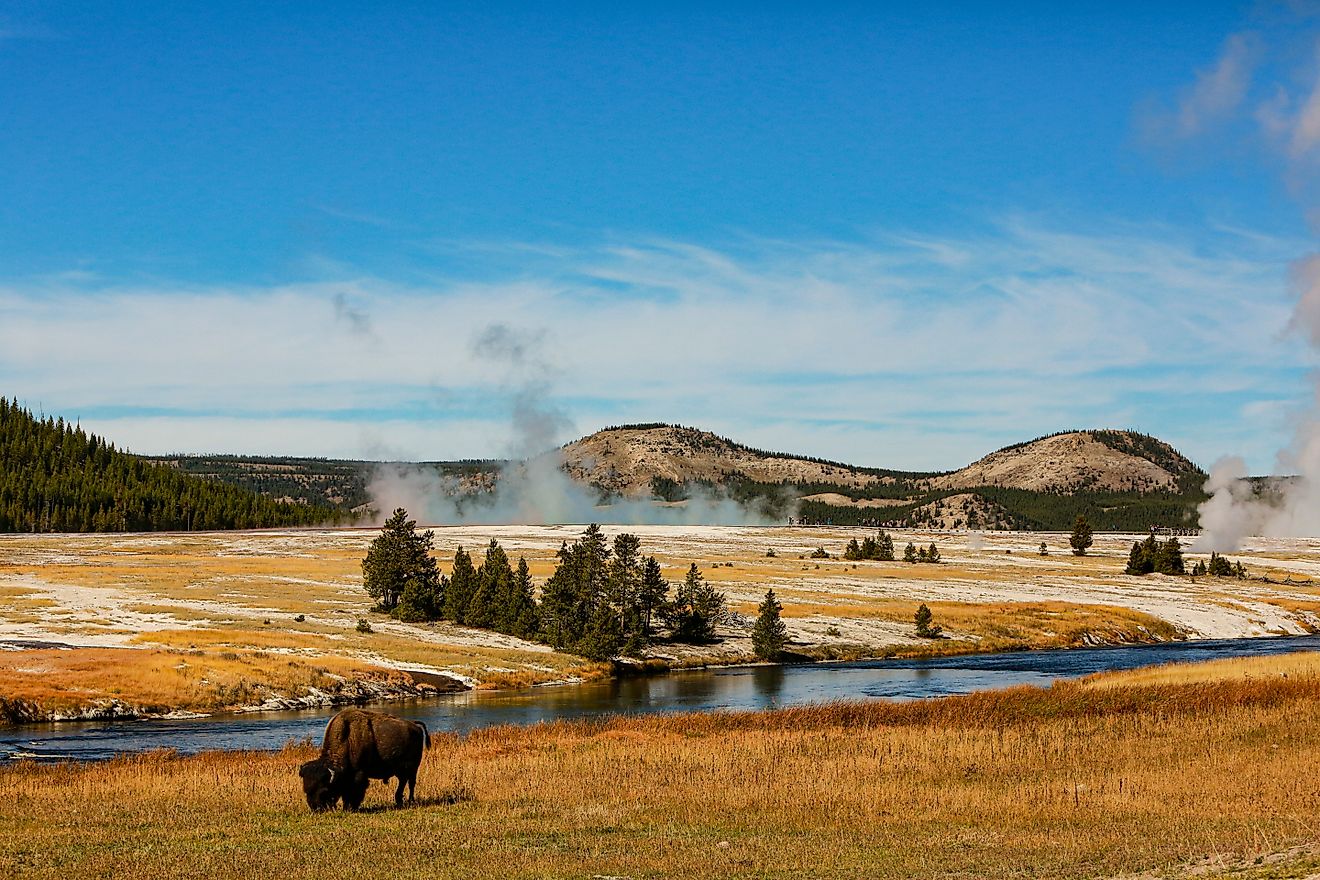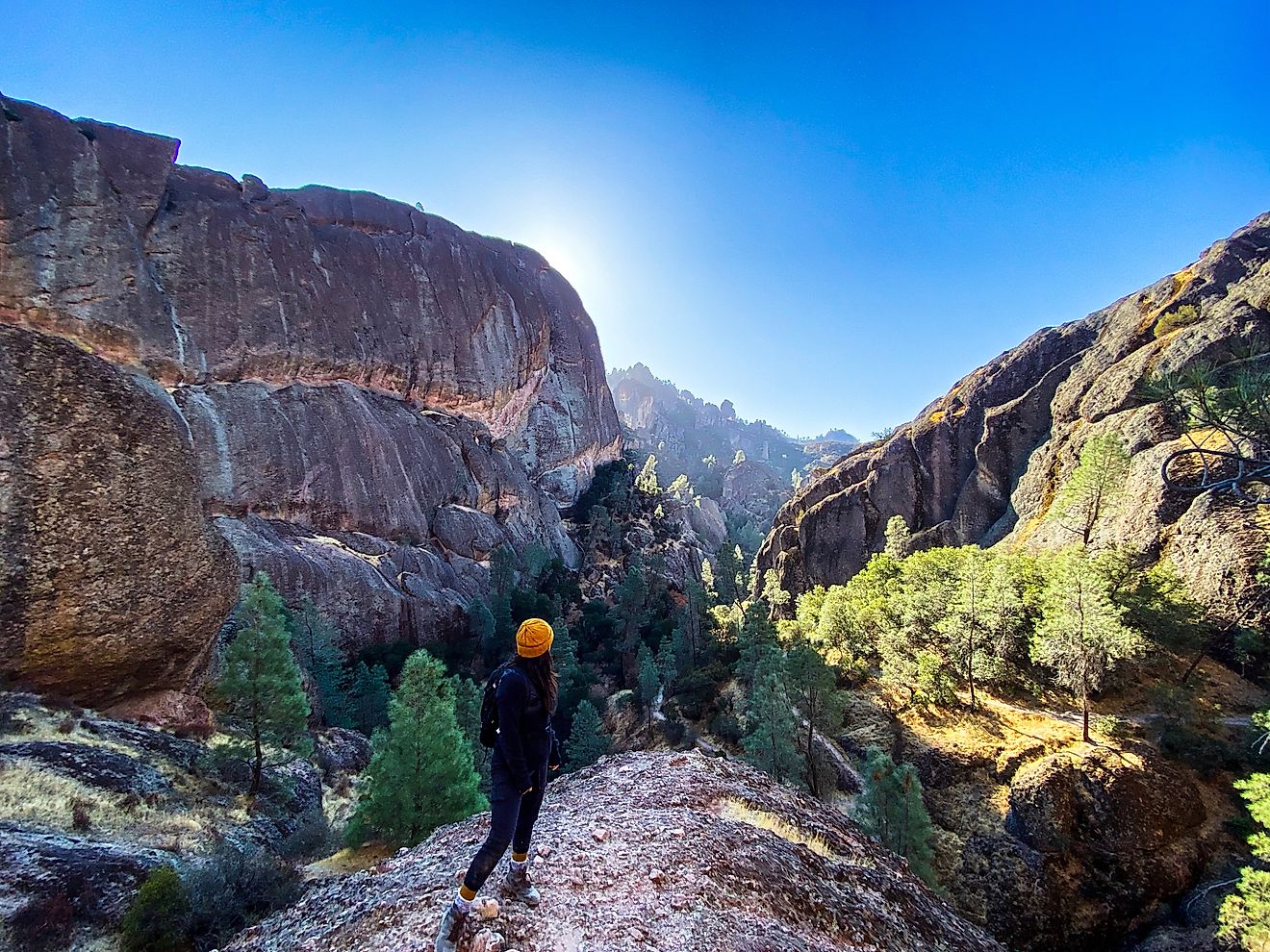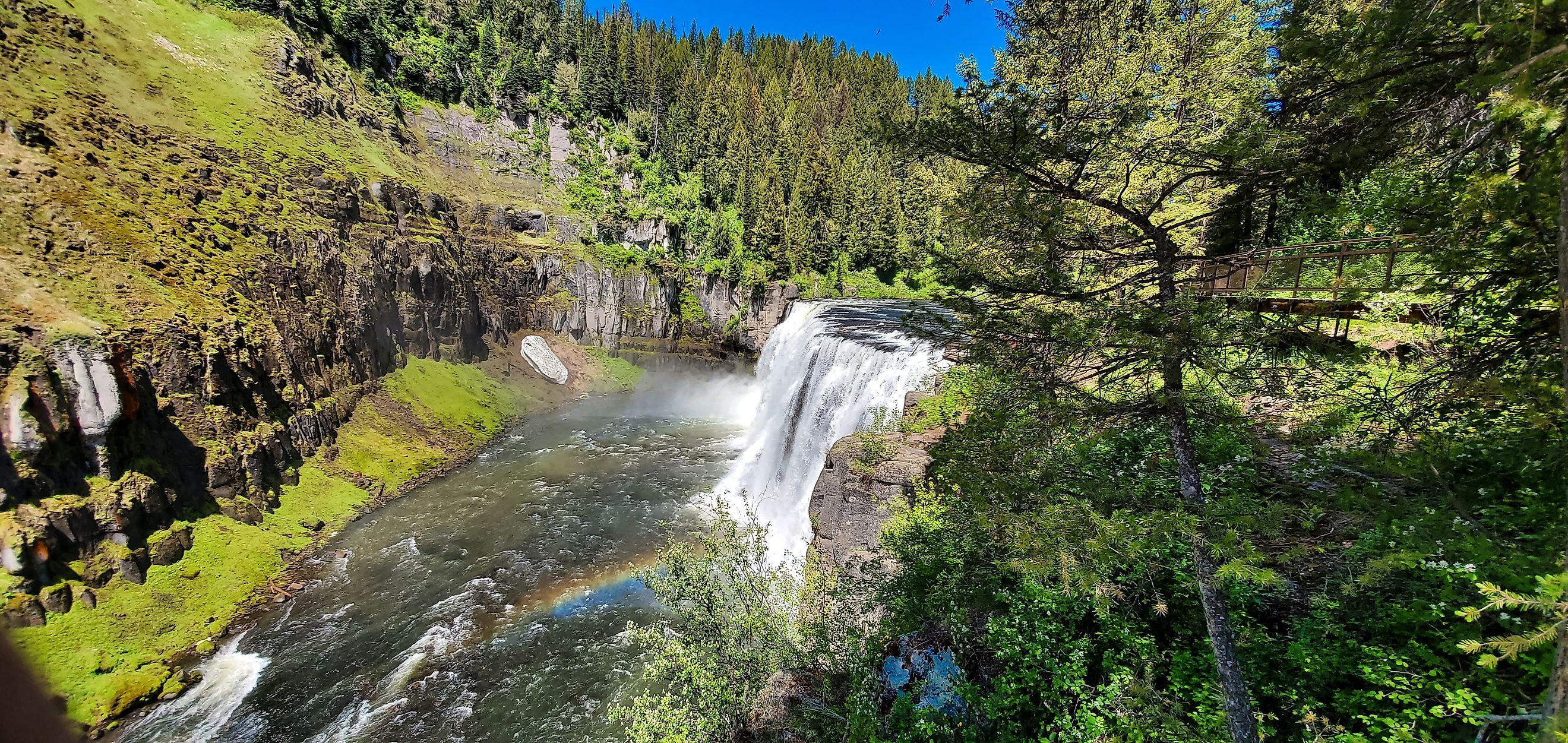
Caribou-Targhee National Forest
If the American West had a living, breathing mosaic, it would be the Caribou-Targhee National Forest. Stretching across southeastern Idaho, nudging into western Wyoming, and spilling slightly into northern Utah, this sprawling 2.63 million-acre forest is a playground for nature lovers, hikers, anglers, and anyone craving wide-open skies and rugged beauty. Bordering Yellowstone and Grand Teton National Parks, Caribou-Targhee is not just a forest; it is a key part of the Greater Yellowstone Ecosystem, one of the largest nearly untouched habitats in the lower 48 states.
From sagebrush flats and volcanic highlands to pine-shaded mountains and alpine lakes, the forest offers a staggering variety of landscapes. Visitors can hike, fish, camp, ski, or simply marvel at the wildlife roaming free. Experience its vast beauty and learn why it is a must-visit for anyone exploring the American West.
A Forest of Contrasts: Caribou and Targhee
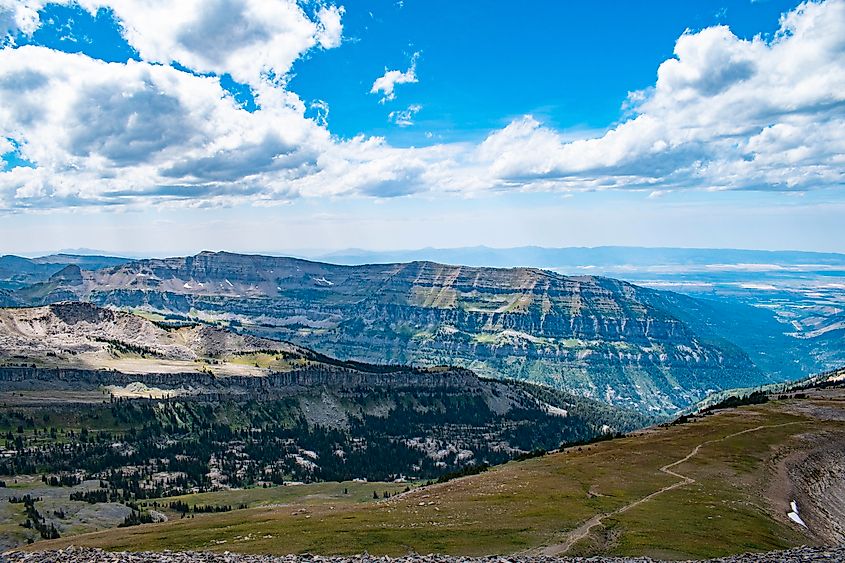
The Caribou-Targhee National Forest is actually two historic forests managed as one. Caribou National Forest, the smaller and more southerly section, covers just under a million acres and stretches across southeastern Idaho, western Wyoming, and a slice of northern Utah. Targhee National Forest, the larger and more northerly section, encompasses more than 1.6 million acres in eastern Idaho and northwestern Wyoming. Together, they create a diverse landscape where sagebrush meets alpine peaks, and rivers carve deep canyons through volcanic rock.
The forest is broken into several sections, which makes it perfect for a variety of adventures. The western portions are dominated by sagebrush and grasses, while the eastern higher elevations support lodgepole pine, spruce, and fir. The forest’s proximity to Yellowstone and Grand Teton allows visitors to catch glimpses of wildlife that are often associated with national parks, including grizzly and black bears, wolves, elk, moose, bison, and pronghorn. Bird enthusiasts will appreciate the peregrine falcon recovery program, while anglers can test their skills on streams abundant with cutthroat trout, brook trout, and pike.
Wilderness Awaits: Jedediah Smith and Winegar Hole
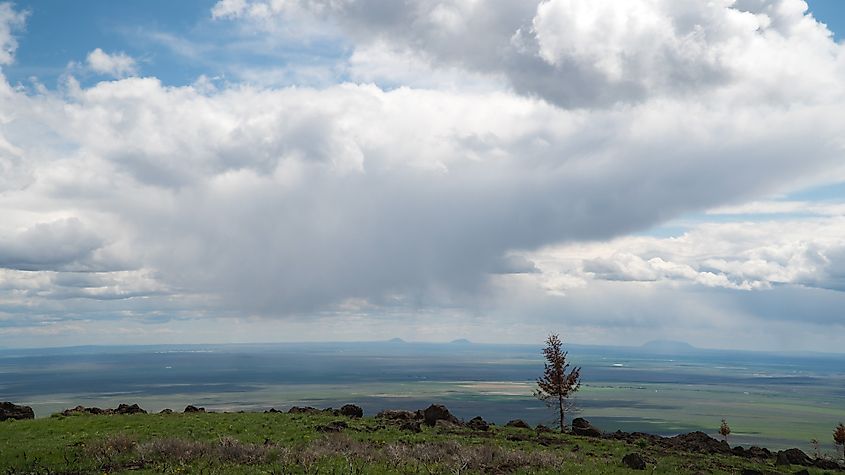
For those who want to step into untouched wilderness, Caribou-Targhee offers two officially designated wilderness areas. The Jedediah Smith Wilderness, covering over 123,000 acres, lies adjacent to Grand Teton National Park on the western slopes of the Tetons. Famous for its karst limestone formations and hidden caves, the wilderness offers dramatic views of the Teton peaks that are less often photographed. Hiking here is a serious adventure, with trails leading deep into alpine terrain.
The smaller Winegar Hole Wilderness, covering about 10,700 acres, borders Yellowstone National Park and the John D. Rockefeller, Jr. Memorial Parkway. This area was set aside primarily to protect prime grizzly bear habitat. Visitors entering these wilderness areas are encouraged to follow Leave No Trace principles to preserve the fragile ecosystem and maintain safe wildlife encounters.
Adventure at Every Turn
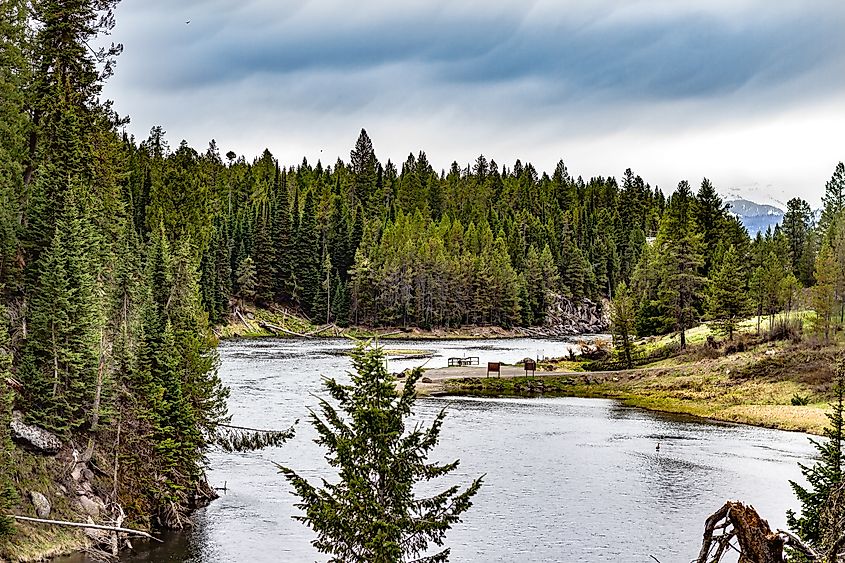
The forest offers more than wilderness isolation. Over 1,600 miles of trails crisscross Caribou-Targhee, connecting campgrounds, rivers, and high-altitude lakes. Two notable trails provide access to Alaska Basin, a high-altitude area just west of the main Teton peaks that connects seamlessly to trails in Grand Teton National Park. Whether you are looking for a multi-day backpacking trip or a short afternoon hike, the forest has options for all levels of adventurers.
Fishing enthusiasts will find world-class opportunities in the forest’s streams and lakes. Cutthroat trout are abundant, and the Henrys Fork River, fed by Big Springs in Island Park, Idaho, is renowned for its crystal-clear water and abundant fish. In addition to fishing, visitors can enjoy canoeing, kayaking, and even swimming in designated areas.
Curlew National Grassland: A Different Kind of Wild
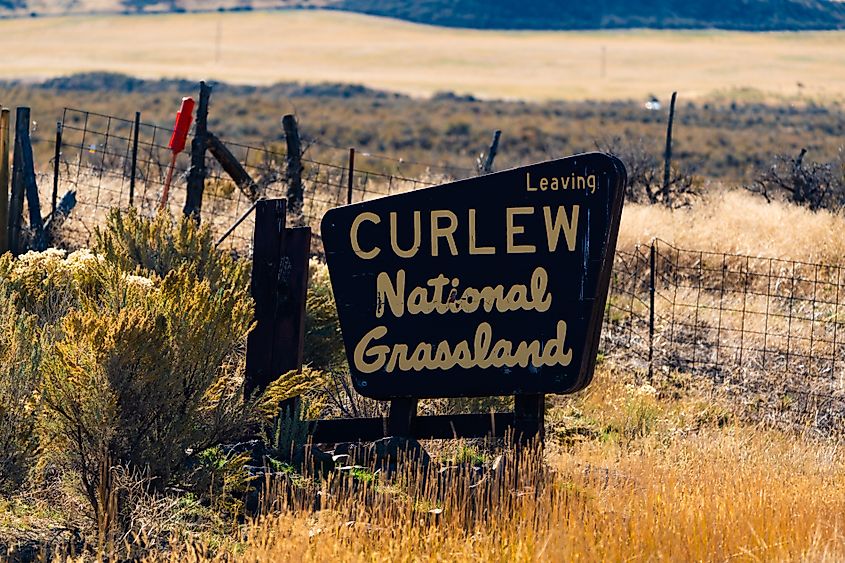
While much of Caribou-Targhee is mountainous, the nearby Curlew National Grassland offers a striking contrast. This 47,000-acre grassland in Oneida and Power Counties, Idaho, was established in the 1930s to restore overgrazed land. Today, it is a haven of sagebrush, native grasses, and open plains. Stone Reservoir sits as a shimmering centerpiece, attracting birdwatchers and wildlife enthusiasts. The grassland is especially famous in spring when sage grouse perform their elaborate mating dances.
The Curlew area is quieter than the forest’s peaks, but it provides a sense of space and solitude that is rare in the lower 48 states. Visitors can enjoy camping, hiking, photography, or simply soaking in the vast, uninterrupted horizon.
Wildlife You Might Encounter
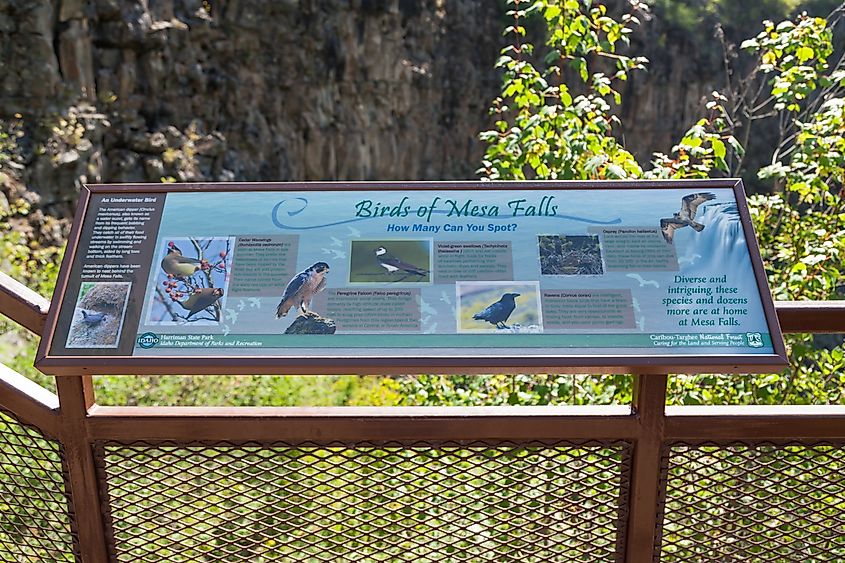
Caribou-Targhee is home to most of the same megafauna found in Yellowstone. From grizzlies and black bears to wolves, moose, elk, bison, and mountain lions, the forest is a wildlife enthusiast’s dream. Birdwatchers can spot peregrine falcons, bald eagles, and sharp-tailed grouse. Anglers can catch cutthroat trout, brook trout, and pike. Even pronghorns roam the sagebrush flats, creating a classic Western scene.
The forest also plays a critical role in ecological connectivity. By serving as a corridor between the northern and southern Rocky Mountains, it helps maintain healthy populations of native species and allows for seasonal migrations and genetic diversity.
History and Heritage
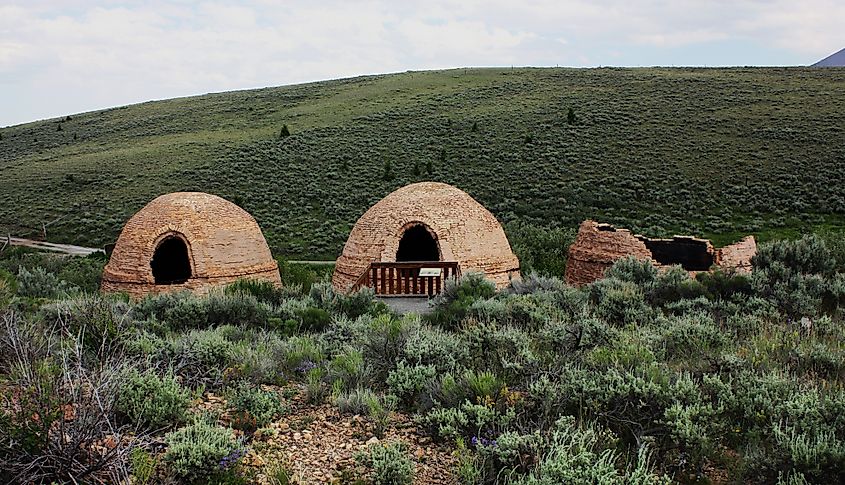
Caribou and Targhee National Forests have roots dating back to 1891. Over time, lands were combined and managed to balance recreation, wildlife conservation, and resource use. Visitors can still find evidence of past human activity, from early ranger stations to historical mining and homesteading sites. The Forest Service manages multiple districts from offices in Idaho Falls, Idaho, ensuring the land is accessible yet protected.
Minnetonka Cave, one of only two caves administered by the U.S. Forest Service, offers a peek into the subterranean beauty of the forest. Guided tours allow visitors to explore its limestone formations and learn about the cave’s geological history.
Seasonal Adventures
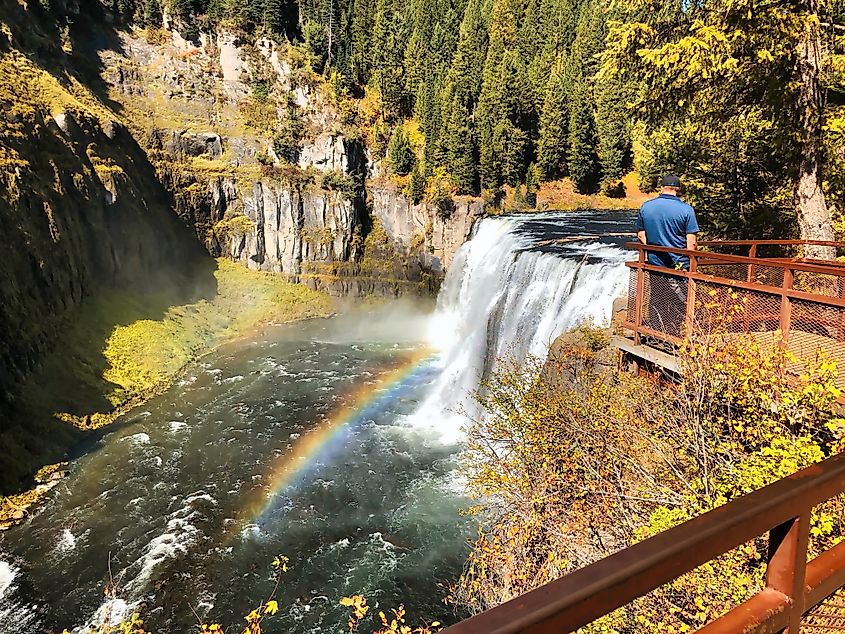
The forest is a year-round playground. In summer, hiking, backpacking, fishing, and camping dominate. Scenic drives along highways 20 and 89 provide access to trailheads, lakes, and waterfalls like Mesa Falls. In fall, the changing colors of aspens and firs attract photographers and leaf-peepers. Winter brings skiing, snowshoeing, and snowmobiling. The nearby Tetons offer ski resorts and backcountry powder, while the forest’s quieter slopes offer solitude.
For families, woodcutting is a popular activity in late summer and fall. Ranger districts issue permits for cutting firewood, offering a hands-on outdoor experience that connects visitors to the forest’s resources.
Where to Stay and How to Access the Forest
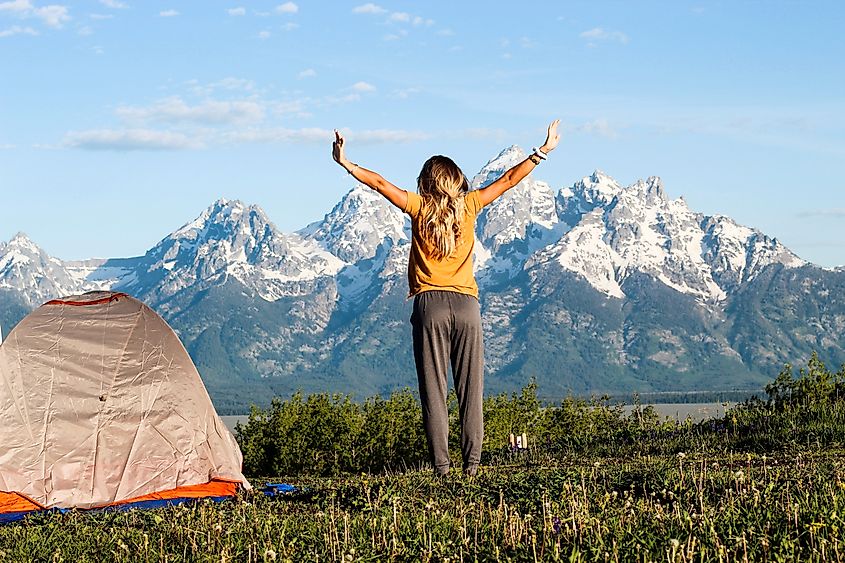
Visitors can fly into Idaho Falls, Pocatello, or Jackson, Wyoming, and reach the forest via major highways. Campgrounds, cabins, and dispersed camping sites are plentiful. Whether you want a short overnight trip or a week-long adventure, there is space for everyone.
For those who prefer a rustic experience, campgrounds and forest cabins provide opportunities to sleep under the stars. Backpackers can venture further into wilderness areas, with trails that offer solitude and immersion in nature.
Tips for a Memorable Visit
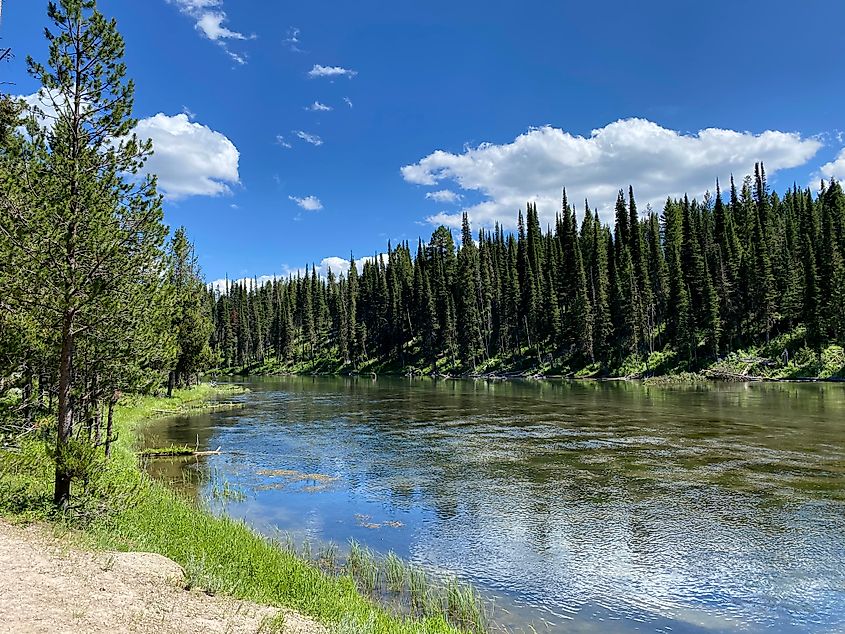
-
Check Forest Service maps and handouts to plan your route and avoid restricted areas.
-
Pack an emergency kit with water, food, and first aid supplies.
-
Follow wildlife guidelines and maintain a safe distance from bears and large mammals.
-
Respect seasonal fire restrictions and obtain permits for activities like woodcutting.
-
Take advantage of ranger-led programs or guided cave tours to enhance your visit.
Conclusion: A Wild West Classic
Caribou-Targhee National Forest is not just a place for recreation. It is a critical component of the Greater Yellowstone Ecosystem, supporting diverse wildlife and plant communities. The forest’s ecological corridors help species survive and thrive across a landscape that is increasingly affected by human development. By visiting and respecting the land, visitors support conservation and enjoy one of the last remaining stretches of largely undisturbed Western wilderness.
Caribou-Targhee National Forest: Key Highlights
-
Location: Southeastern Idaho, western Wyoming, small section in northern Utah
-
Size: 2.63 million acres
-
Borders: Yellowstone National Park, Grand Teton National Park, Bridger-Teton National Forest
-
Part of: Greater Yellowstone Ecosystem (20 million acres)
-
Wilderness Areas: Jedediah Smith Wilderness (123,451 acres), Winegar Hole Wilderness (10,715 acres)
-
Landscapes: Sagebrush flats, volcanic highlands, alpine peaks, forests of lodgepole pine, spruce, and fir
-
Wildlife: Grizzly and black bears, wolves, elk, moose, bison, pronghorn, mountain lions, peregrine falcons
-
Fishing: Renowned for cutthroat trout, brook trout, and pike; Henrys Fork River is a top fishing destination
-
Recreation: Hiking, backpacking, camping, fishing, skiing, snowshoeing, river rafting, wildlife watching, birdwatching, woodcutting
-
Caves: Minnetonka Cave, one of only two caves administered by the U.S. Forest Service
-
Grasslands: Curlew National Grassland covers 47,000 acres; famous for sage grouse and wide-open skies
-
Trails & Access: Over 1,600 miles of trails; high-altitude Alaska Basin trails connect to Grand Teton National Park
-
Ranger Offices: Idaho Falls (management), Ashton, Driggs, Dubois, Island Park, Pocatello, Montpelier, Soda Springs
-
Visitor Tips: Check maps, maintain safe distance from wildlife, follow fire restrictions, pack emergency supplies
